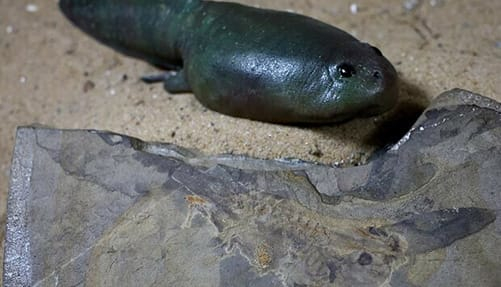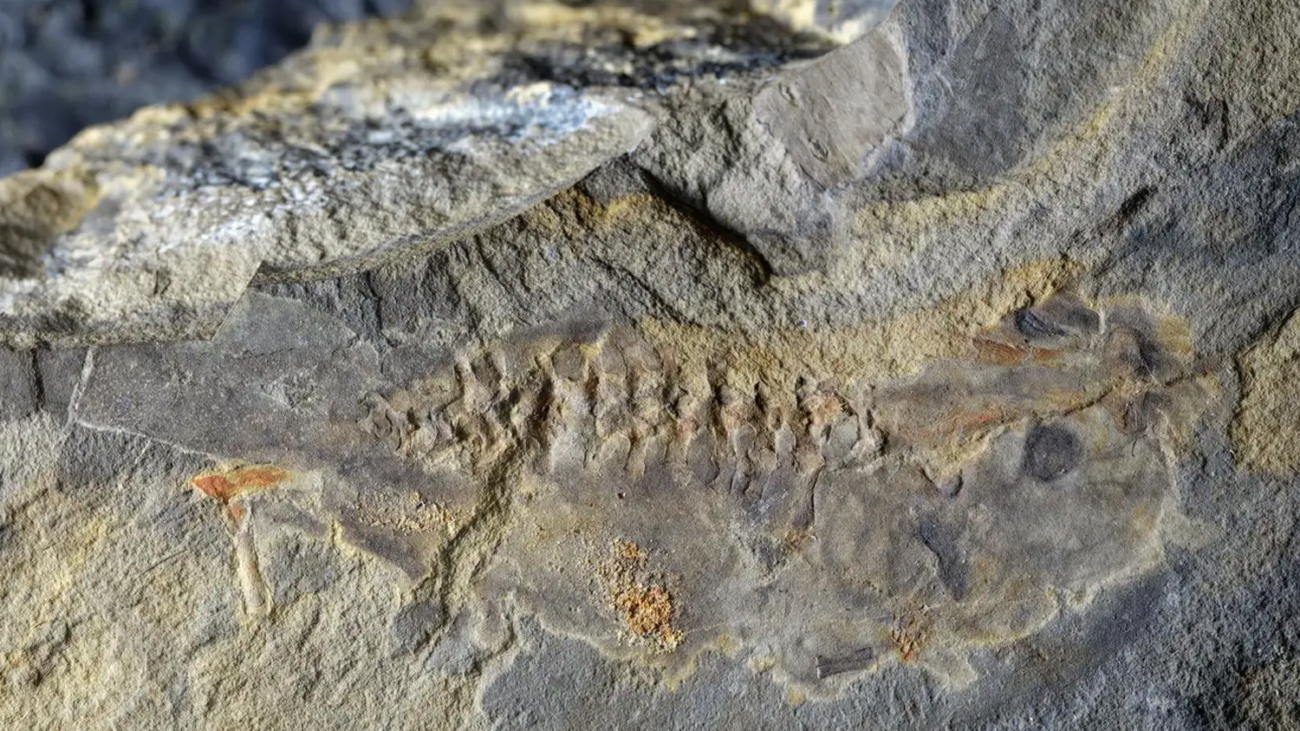Paleontologists were combing Argentina for dinosaur remains when they discovered the oldest tadpole. Located in Patagonia’s La Matilde Formation, this fossil might finally resolve a long-running controversy on frog evolution.
What Do We Know About the Jurassic Period Specimen?
Complete with soft tissue imprints of the frog species Neobatrachus degiustoi’s eyelids, gills, and nerves, the fossil shows an astonishingly well-preserved example of The specimen is much older than the next oldest known tadpole, which was dated to the early Cretaceous period, roughly 145 to 100 million years ago; it dates back almost 161 million years to the middle Jurassic. Furthermore unusual in the fossil record is this newly discovered fossil, the first ancient tadpole linked with its adult equivalent. Thus, This could help settle arguments on the chronology of frog tadpole development.
How Does This Discovery Challenge Established Beliefs?

“Some studies indicate that most ancient frogs most likely lacked a tadpole stage.” Tens of millions of years before the oldest known tadpole fossils, the late Triassic, approximately 217 million years ago, is when the oldest frog fossil on record dates from. However, the finding of this fossil shows that this presumption was untrue.
Why Are Tadpole Fossils So Rare?
Usually, because young frogs die while still in the water, tadpole fossils are rare. Water can be a challenging environment for fossilization since scavengers are ready to consume fallen organisms. Furthermore, soft tissue and cartilage make up most of the tadpoles, which do not create hard bones that are more readily fossilized until adulthood. Fortunately, this tadpole is at an advanced development level. The ossification of the tadpole’s vertebrae lets scientists view the spinal bumps and ridges needed to identify the species and link the tadpole to its mature form. Preserving such delicate structures—somewhat challenging to discover in the fossil record—is the most incredible thing I have seen.
How Significant Is the Size of This Specimen?
The size of the specimen helped determine the species as well. Comparable to a baseball, the tadpole measured around 6 inches (16 centimeters) long and had a 3-inch-long (7.6 cm tail. Surprisingly, adult frogs are the same size, which is rare in nature nowadays. “Both [juvenile and adult] giant stages are difficult to find in nature today.” However, it is hypothesized that the Jurassic period’s abundance of supplies allowed the tadpoles to live extended developmental times.
What Insights Does This Provide About Tadpole Behavior?
Apart from its size, the N. degiustoi tadpole remarkably resembles contemporary tadpoles. With a filter-feeding system to suck plankton, algae, and detritus from the surrounding water, imprints of spiky projections on the gills imply that the tadpole most certainly fed in a way similar to current equivalents. This suggests that tadpoles have existed for as long as adult frogs since sophisticated feeding mechanisms evolved in them 161 million years ago.
What Are the Future Research Opportunities?
To widen the fossil record and deepen our knowledge of frog evolution, there is hope for more money to return to the La Matilde Formation in search of more tadpoles.

